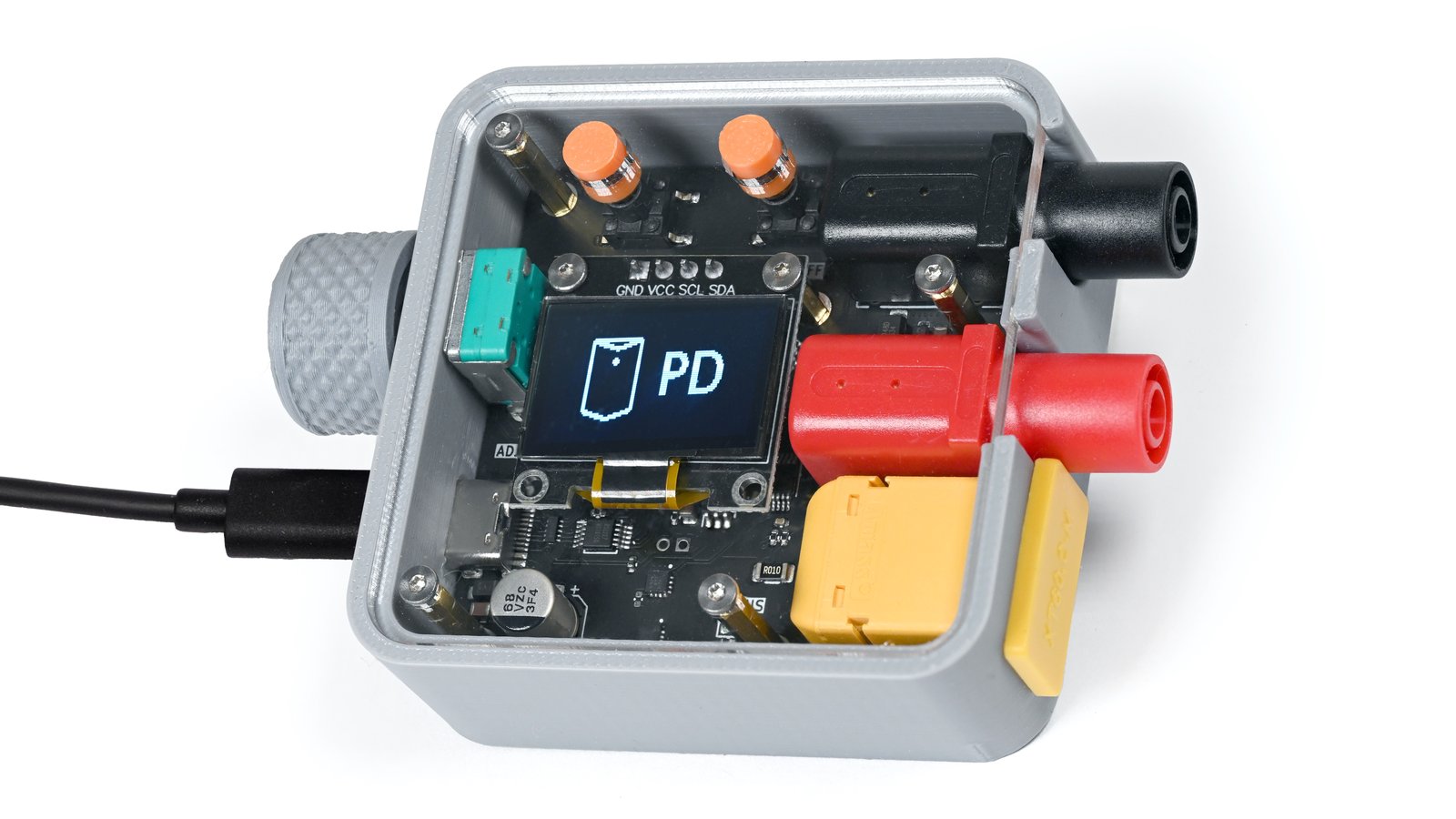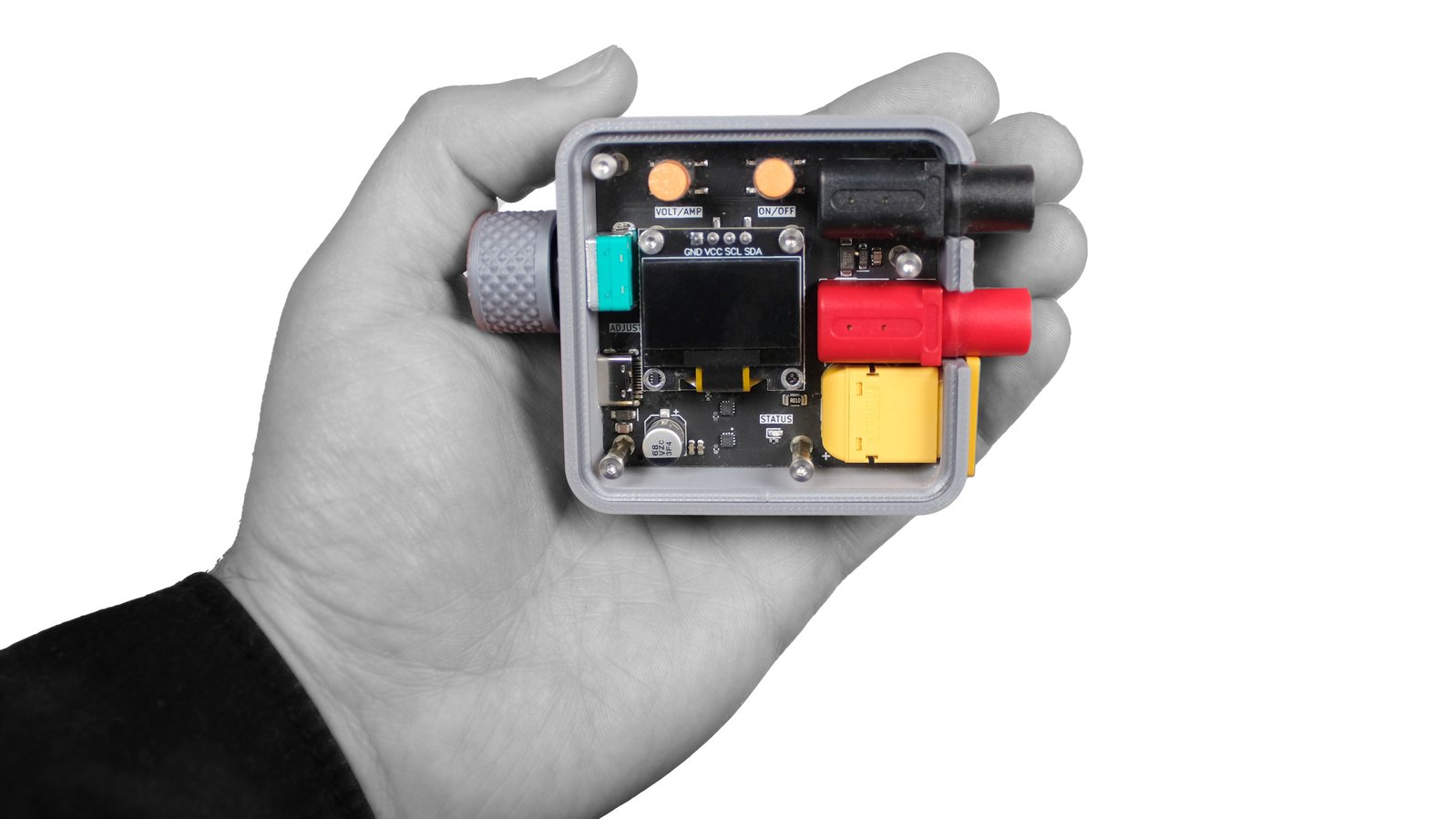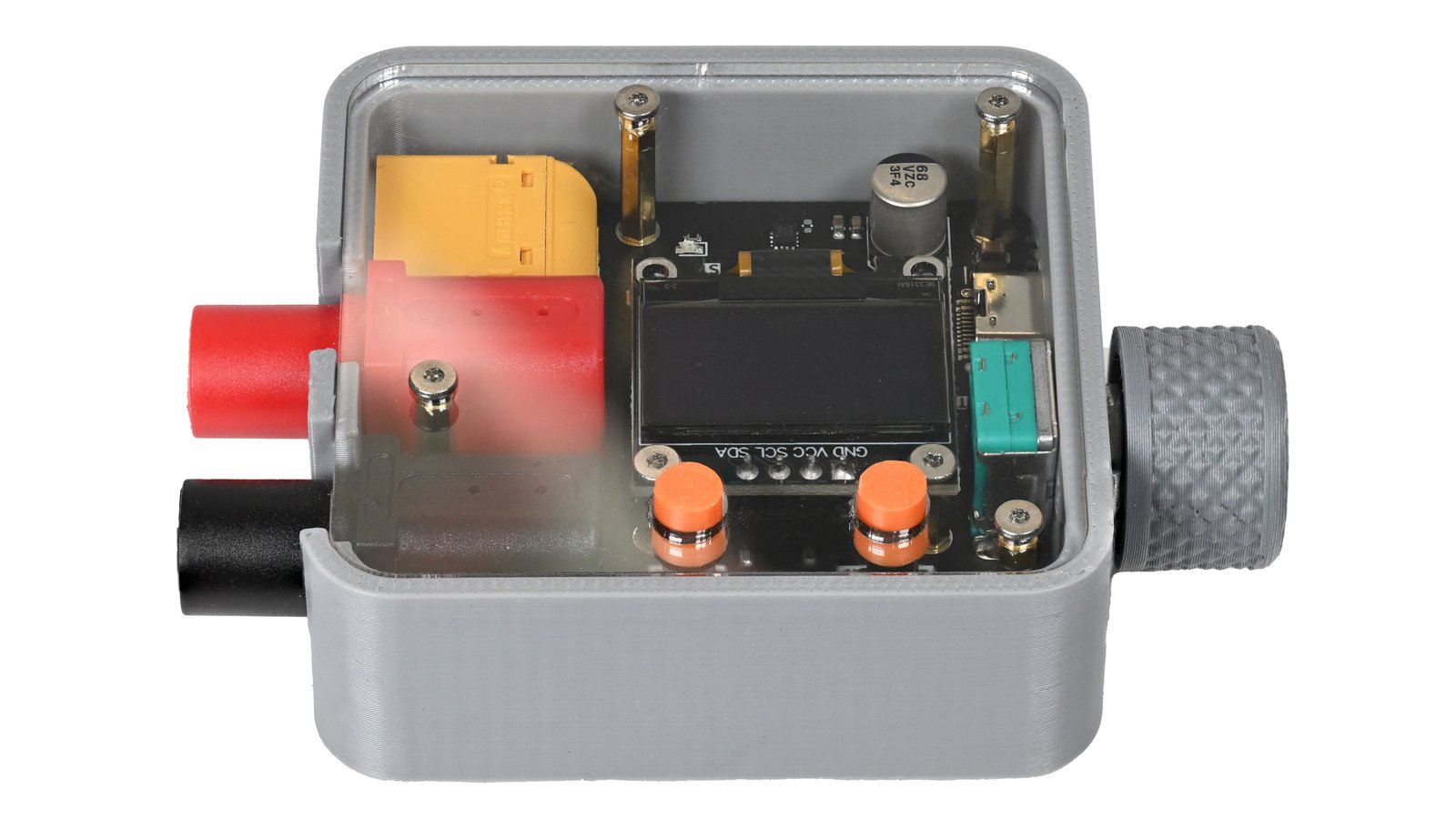PocketPD, a portable desktop power supply designed for convenience and functionality, is compact enough to fit in your pocket or be held in one hand. Despite its small form factor, it’s packed with advanced features, offering a broad voltage range while maintaining safety standards. Beyond its basic capabilities, PocketPD comes equipped with an OLED display, a current sensor, and banana plug outputs, making it compatible with a variety of standard devices, from USB-C chargers to power banks. Additionally, it doubles as a Power Delivery 3.0 profile tester, providing users with a versatile tool for their electronics projects. PocketPD leverages the Programmable Power Supply (PPS) mode within USB Power Delivery 3.0 and later versions, enabling users to extract precise voltage and current values directly from the charger. The designer aimed to create an open-source solution that was user-friendly, portable, and met the demands of both professionals and hobbyists alike. Featuring physical buttons and a clear display, PocketPD is incredibly straightforward to use—simply connect a compatible charger or power bank, and you’re ready to go without needing complex setups. Its combination of multifunctionality, simplicity, and portability makes PocketPD an excellent addition to any toolkit. The heart of PocketPD lies in its reliance on the Programmable Power Supply (PPS) mode, which was first introduced in 2015. It’s crucial to ensure that your charger or power bank supports this mode before using PocketPD. Designed initially to optimize smartphone battery charging, PPS allows devices to adjust voltage and current precisely, making it perfect for desktop power supply applications. Many modern chargers and power banks, such as those from brands like Anker, Ugreen, Baseus, and CUKTECH, now support PPS. If you’re unsure whether your device is compatible, always refer to its documentation for confirmation. It’s worth noting that the maximum voltage and current output of PocketPD depend on the USB Type-C charger and cable you use. The power output specification will be limited by whichever has the lower current rating between the charger and cable. For instance, if your charger supports up to 5A but you use a 3A cable, the maximum current output will cap at 3A. Similarly, the charger’s voltage range determines the available output voltage range of PocketPD. Common voltage ranges include 3.3V to 11V and 3.3V to 21V. This project is set to launch a crowdfunding campaign on CrowdSupply soon. For more information about PocketPD, visit their page there. We invite you to support the project if you find it interesting!

Central Design Philosophy

Features & Specifications
A Versatile Power Supply in Your Pocket——Come and Support Itï¼
Burlap Jute Tote Bags,Custom Jute Bags,Jute Tote Bag,Reusable Jute Bags,Jute Bag Manufacturer,Wholesale Burlap Bags
Sichuan Dole Bonz Trading Co., Ltd. , https://www.dlbzbag.com